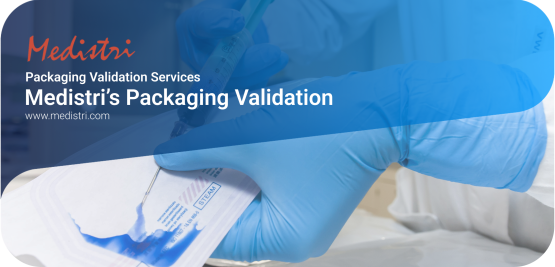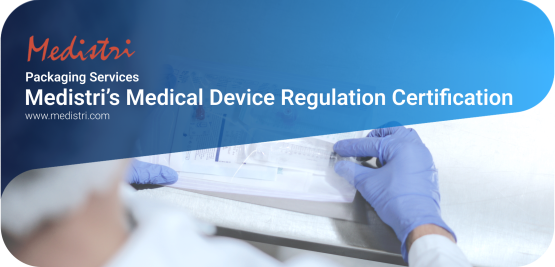Packaging Optimisation for Sterilisation
The design of a medical device’s packaging is a critical component that should be addressed during the early stages of the product’s development phase. Packaging plays a vital role not only in maintaining the sterility of the medical device but also in ensuring its safe delivery from the manufacturing process to the point of use with patients. This makes it essential to consider packaging as a priority from the outset.
Medistri's Packaging Validation
The validation of packaging stems from the need to ensure the quality of products across the many steps in your distribution cycle: from shipping to storage. It is indeed an increasingly common requirement for many product categories, including a strong emphasis on the packaging quality requirements for medical and pharmaceutical industries.
Medistri’s Medical Device Regulation Certification
The MDR (Medical Device Regulation) certification for sterile kits refers to the regulatory requirements that apply to the manufacturing, distribution, and use of medical devices, including sterile kits, within the European Union. Sterile kits often consist of a combination of medical devices, instruments, or other items assembled into a single product for medical procedures. It sets forth requirements for the design, manufacture, and distribution of medical devices to ensure their safety and effectiveness.
Rotational Drop Test
Rotational Drop Test is crucial as it evaluates a package’s ability to withstand shocks during shipping. It aids in improving package design, reducing costs associated with damaged goods, ensuring compliance with industry standards, and preventing over-packaging and under-packaging. It’s a key part of ensuring product safety and integrity during transportation.
Low-Pressure Test
Low-Pressure Test is conducted to identify potential challenges and stresses that the packaging and the products it contains could be exposed to during air transportation. This test is particularly important for products and packages that could be sensitive to a low-pressure environment.
Fork Handling Test
The validation of packaging stems from the need to ensure the quality of products across the many steps in your distribution cycle: from shipping to storage. It is indeed an increasingly common requirement for many product categories, including a strong emphasis on the packaging quality requirements for medical and pharmaceutical industries.
Free Fall Drop Test
The ASTM-D5276 standard test method for drop test of loaded containers evaluates the capability of a container to withstand the sudden shock resulting from a free fall, or the capability of a container and its inner packing to protect its contents during the sudden shock resulting from a free fall.
Atmospheric Preconditioning
Atmospheric preconditioning simulates the effects of different temperature and humidity levels on packages and products. It’s often used to evaluate the performance and durability of packaging materials and products under various environmental conditions.
Peel Strength Test
Measuring the bond strength of materials is a key factor in determining the reliability and durability of many products. By ensuring the adhesive strength meets the required standards, manufacturers can enhance product quality, improve customer satisfaction, and prevent potential failures or malfunctions.
Burst Test
The Burst Test, as defined by the International Organization for Standardization (ISO) in ISO 2758, is a globally recognized method for assessing the bursting strength of paper. This test, also known as the Mullen Test, is applicable to paper with bursting strengths ranging from 70 kPa to 1,400 kPa.










